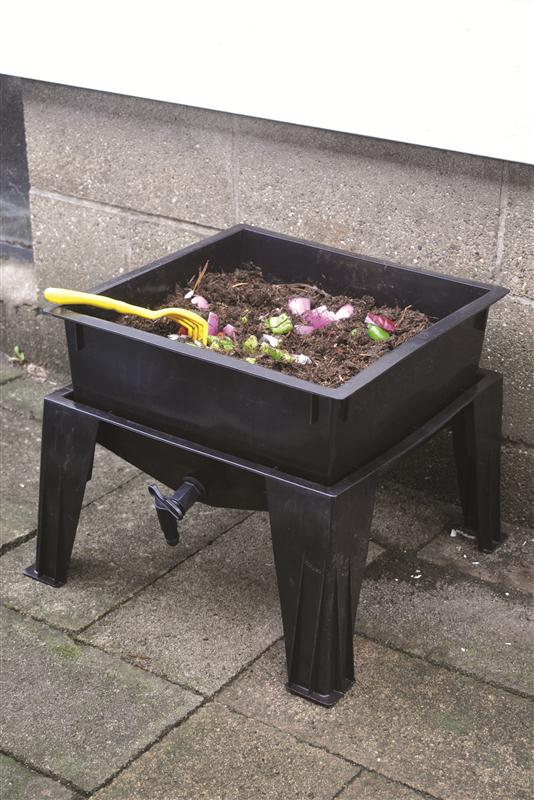
I am now officially the geekiest person you know. A friend just called telling me all about her new car. It sounds very nice and I was polite about it but the whole time she was talking a little voice in my head was saying, but I have WORMS!
I’m so excited. I have had the Worm Factory® 360 worm farm for a few months but I could not find any worms. A dear friend finally located a man with worms to spare and they have arrived and I’ve settled them in.
The bed was all set for them and they are happily munching away on crushed egg shells, coffee grounds, lettuce leaves and newspaper. At least I assume they’re happy. Worms are not much for emoting.
A DVD came with the worm farm. I appreciated the visual aid in setting the farm up. It wasn’t complicated but I’m a visual learner and the step-by-step breakdown helped a lot.
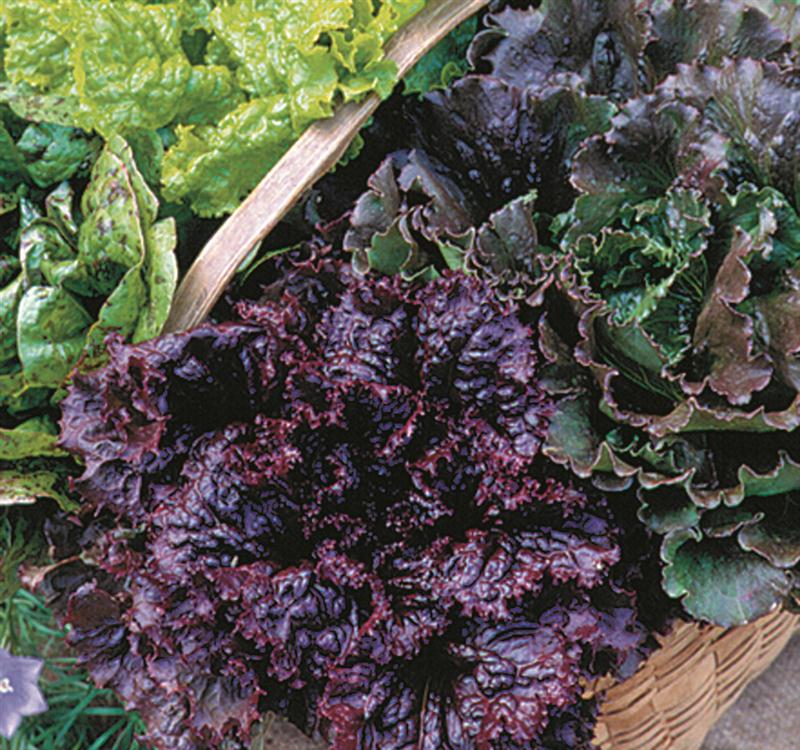
A few things surprised me. In the video they showed rather large pieces of vegetable skins right in the soil. I think that dicing them would be worth the effort. I want the compost pretty quickly as my lettuce seeds and many of my herbs have sprouted and I want to give their new homes a jolt of fabulous food before putting them outside. I’m probably worrying for no reason as I still have some snow on the ground and it was brisk and blustery when I got up this morning. Still, a girl can dream and now that it’s mid-day the air has warmed up nicely. Spring is definitely in the air. I know patience is a virtue but it isn’t one of mine. I’ll have to work on that.
I’ve been thinking a lot about this worm farm. There is so much to learn from one. They way garbage breaks down is fascinating in itself. Then there’s the whole piece about beneficial micro-organisms and soil health.
I could see a whole science curriculum devoted to a classroom worm farm. I’ll be homeschooling my daughter for 6th grade and the worms will play a big part in what we study. I’ll help her devise feeding and harvesting charts, work on weights and measures, and we’ll do some controlled experiments using worm casings vs. no extra fertilizer. Hand-on learning is so much more valuable than reading a text and taking a test.
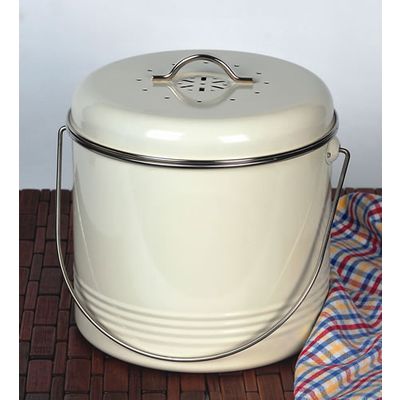
But back to my worms. One thing I love about the worm farm is that once you have it going, it will continue to flourish with no other purchases necessary. It will need our leftover food wastes and some brown matter like shredded paper and dry leaves and the occasional handful of finished compost when I add a new tray to the farm. It’s a perfectly sustainable way to cycle wastes: feed our green food plant waste to the worms which make fertilizer for the garden… That whole idea just makes me smile. I did mention that I was a geek, didn’t I?
The volumes are quite astounding. 1 pound of worms will eat ½ pound of food every day. It must be a 50/50 mixture of fiber and vegetable matter. That is more ‘green’ than we generally put in our compost. It’s amazing to think that the chore of carrying the compost out to the compost pile, located far from the house and across a field will be eliminated. (In wintertime, or after freak spring storms, that would be a snowy field.)
The liquid that drains from the bottom of the farm is called leachate. It’s nutrient-dense and perfect for watering house plants. I have heard that I should dilute it 1 to 10 with water. That seems reasonable.
I had planned to keep the worm farm in the basement but I’m having so much fun watching the worms do their thing that I may just leave it in the kitchen. Let’s call it a conversation piece.


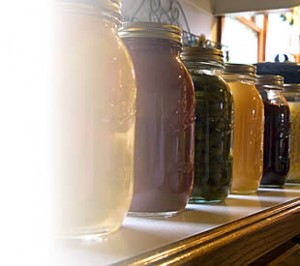
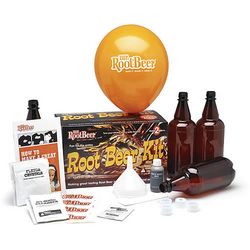




























I am with you. I am a worm geek, too. I HAVE THREE different worm bins. Metal 10 gallon tub with 3 holes at one end to catch good leakage putting some water through worm castings to get fertilizer water for watetring replants as well as house plants. Now save runoff in plastic bin. 2 other worm bins kepted in basement near outside garden in back is made of 2 bins each, one inside other – bottom one fixed with turn off fauset and top bin with screened holes in bottom for leakage but no worms drowned or ‘dirt’ and air holes along top edge. Then 6″ tubes 4 foot long, 10 holes near bottom sides which will be under ground placed in around more permanent garden beds which have berry plants, raspberry, blueberry, elderberry, figs, … Old plastic yogurt containers on top to remove when feeding and not have too many flies or rainwater! City lot in Athens, Ga.